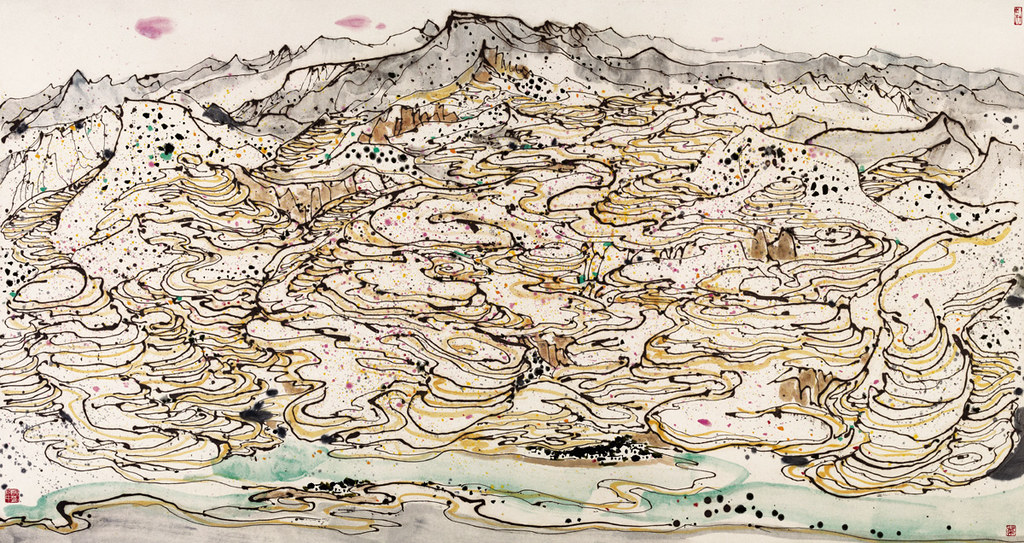Loess Plateau
“
— ”
The Chinese Loess Plateau is a plateau formed of loess, or wind-compacted silt and clay, located southeast of the Gobi Desert, and surrounded by the Yellow River. The geological progenitor of the Loess Plateau was shaped by tectonic movements from the Neogene period over twenty-million years ago. After that, strong winds gradually eroded solid geological deposits into the present-day loess. In modern, industrialized times, rapid population growth in China has brought environmental problems to the Loess Plateau in the form of deforestation. Ever-growing populations clear forests for agricultural activities, and use the wood for fuel and building materials.
Therefore, the Chinese government began to implement the Three-North Project (Great Green Wall project)1 in 1987, which took the control of soil erosion on the Loess Plateau as a major challenge to address. Within this project are three main strategies2 towards erosion control. The first is through engineering solutions, including repairing horizontal soil-retaining terraces and walls, damming and silting land, and diverting floods to irrigate the land. The second strategy focuses on revegetation of the land to improve soil structural strength. The third strategy encourages farmers to apply conservation practices which blend together engineering and agricultural solutions against soil erosion, such as implementing grass-shrub intercropping on farmland slopes steeper than thirty degrees, two-round intercropping of grass forages on slopes between twenty-five and thirty degrees, and horizontal furrow planting on slopes less than twenty-five degrees. This three-pronged approach has reduced soil erosion by seventy-percent, and increased the income of the farmers eight-fold.

Image source: Loess Plateau, Guanzhong Wu, Chinese painting, 1987
References
1. “Great Green Wall (China)”, Wikipedia, 30 December 2021 https://en.wikipedia.org/wiki/Great_Green_Wall_(China)
耕作措施, 黄土高原 (中国地形区)”, Baidu
https://baike.baidu.com/item/%E9%BB%84%E5%9C%9F%E9%AB%98%E5%8E%9F/198310
1. “Great Green Wall (China)”, Wikipedia, 30 December 2021 https://en.wikipedia.org/wiki/Great_Green_Wall_(China)
耕作措施, 黄土高原 (中国地形区)”, Baidu
https://baike.baidu.com/item/%E9%BB%84%E5%9C%9F%E9%AB%98%E5%8E%9F/198310